The Master Bill of Lading (MBL) and the House Bill of Lading (HBL) are the two variants of the main document used in international maritime transport: the Bill of Lading. This document serves as a transportation contract between the shipping line and the shipper, as proof that the shipper has delivered the goods to the shipping line in good condition, and as a title of ownership of the cargo for the shipping line to release it.In the article “Key Aspects of the Bill of Lading in Maritime Imports”, we analyze the functions and key aspects of the Bill of Lading. As a lengthy and complex legal contract, accuracy in its completion is vital to avoid additional costs and delays in the delivery of goods.The Master Bill of Lading and the House Bill of Lading, along with their electronic equivalents, are the modalities of the principal document for international cargo transportation. Accuracy in their completion is essential to avoid delays and additional costs.In this regard, it is worth noting that there are two types of documents: Master Bill of Lading (MBL) and House Bill of Lading (HBL). Both are similar in essence but present some substantial differences.
Differences between Master Bill of Lading and House Bill of Lading
The common fields in the Master Bill of Lading and the House Bill of Lading include information about the cargo vessel, description of the cargo, seal number, weight of the cargo, container number, and departure date. The variable data may include the shipper, consignee, pickup address, and notified party.
Master Bill of Lading
The Master Bill of Lading, also known as Ocean or Carrier Bill of Lading, is sent by the shipping line to the Non Vessel Operating Common Carrier (NVOCC), who is responsible for consolidating goods and managing documentation. NVOCCs do not own their own transportation vessels but rather reserve space on a vessel from another operator for the transportation of their clients’ goods.Usually, the shipper itself acts as the NVOCC operator. Once it receives the cargo, it makes a reservation with the shipping line. The shipping line, upon confirming receipt of the cargo, issues the Master Bill of Lading to the NVOCC operator.
House Bill of Lading
The House Bill of Lading, and herein lies its main difference, is issued directly by the NVOCC to the end customer. The shipper is typically the actual exporter of the shipment, and the consignee of the cargo is the buyer.When the NVOCC receives the shipment and verifies the documentation, it issues the House Bill of Lading to the shipper.The Bill of Lading can be presented on paper or electronically, through Telex Release or Express Release. In the first case, although there is paper documentation, courier shipping is saved. In the second case, the process is entirely virtual, thus saving processing and shipping costs.The Bill of Lading has four modalities in total: two on paper plus their two electronic equivalents, a characteristic that further complicates its correct completion. At Bull Importer, we routinely handle all types of international trade documentation. Our experience in import management makes us your best ally to avoid delays, additional costs, and other unforeseen events.


